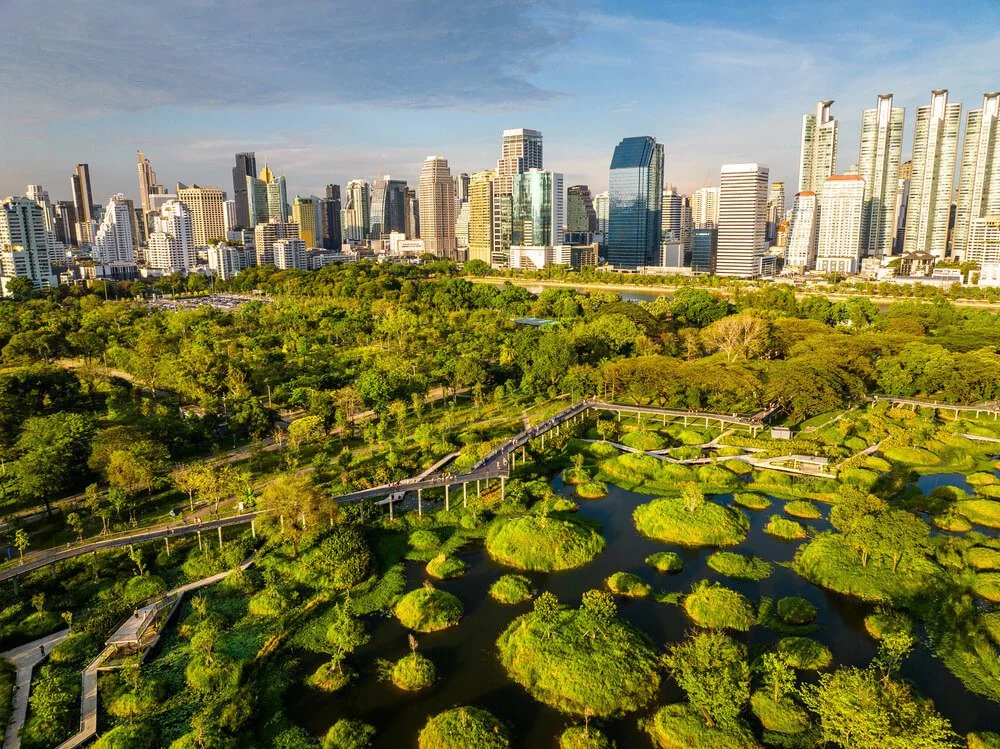Resilient Cities
Index 2023
Discover innovative strategies for building resilient
cities
and ensuring a sustainable future for all.























Defining resilient cities
Resilience is determined by a city’s ability to mitigate, withstand and recover from shocks, such as natural disasters and from long-term stresses such as poverty, decrepit infrastructure or migration. A resilient city should be able to organise itself in the aftermath of a disruptive event, adjust to emerging risks and proactively plan for the future.



Top ranking resilient cities
The Resilient Cities Index developed by Economist Impact and sponsored by Tokio Marine Group evaluates resilience across four key pillars: critical infrastructure, environment, socio-institutional and economic. The first iteration of the index provides a global ranking of 25 cities based on 19 indicators and 41 sub‑indicators.
View full rankings

107m
people live in index cities that have inadequate electricity provision.
9 cities
Only nine cities have a single comprehensive plan to support vulnerable groups.
Data story
In a world hurtling toward a future where over two-thirds of the global population will reside in cities by 2050, urban areas stand as humanity’s frontline against the unpredictable challenges of the 21st century. Explore a graphical overview of the key findings of the Resilient Cities Index.
Explore data story
Report
The report integrates analysis of the Resilient Cities Index along with expert commentary on the critical determinants of resilience in cities. Explore interesting insights on top performing cities, challenges faced by those most at risk and best practices in building resilience.
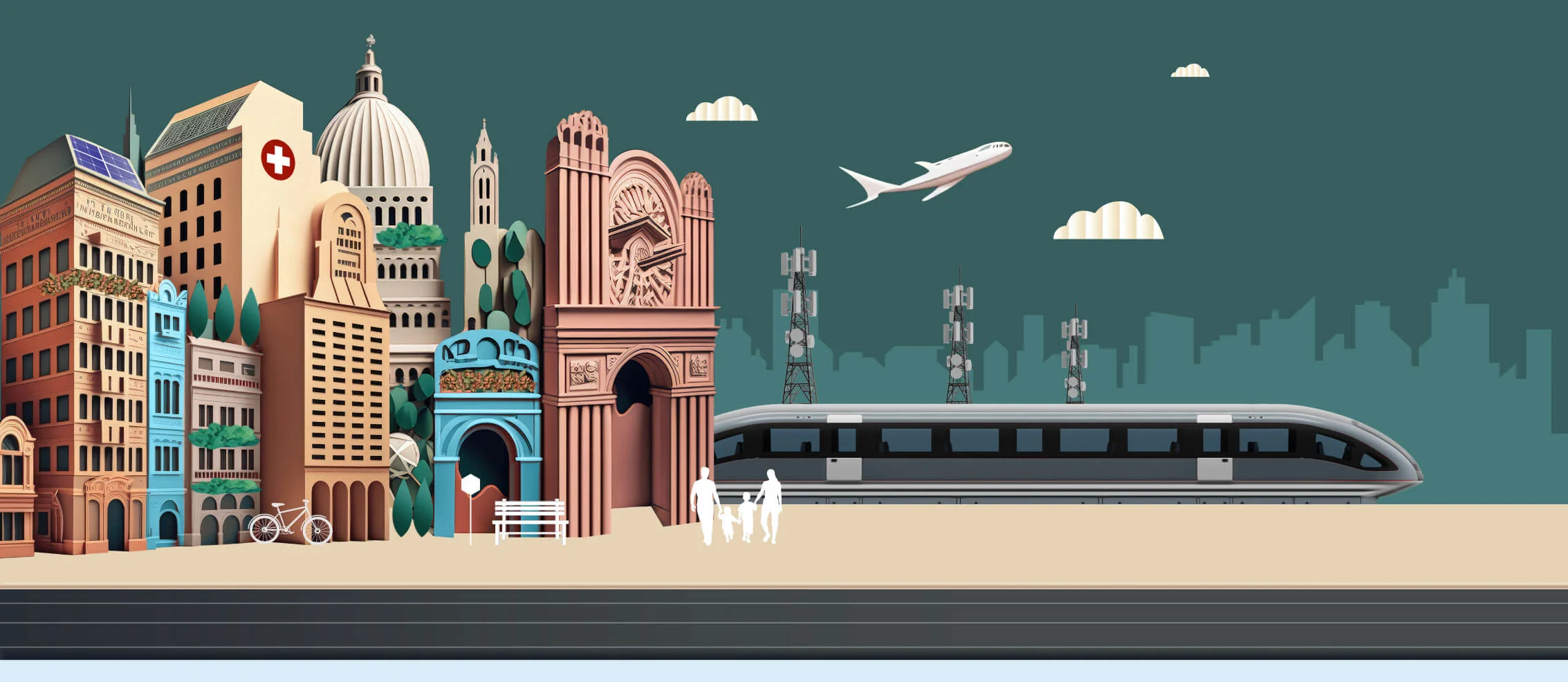



The Resilient Cities Index: A global benchmark of urban risk, response and recovery
The Resilient Cities Index 2023 examines how 25 global cities fare in their capacity to evade, withstand, and recover from a range of shocks across four key themes.
Learn more
What are the key pillars of a resilient city?
Critical infrastructure
Environment
Socio-institutional
Economic

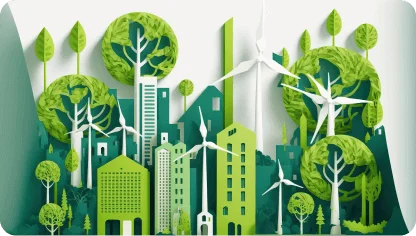
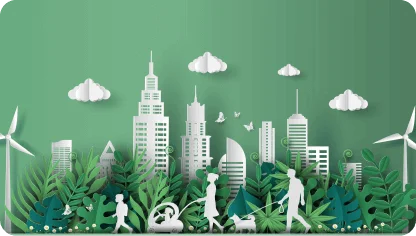

The index interprets critical infrastructure as—energy, water, transportation, buildings and digital connectivity. Together they help to meet the everyday needs of residents, withstand extreme events and support cities in bouncing back in post-disaster scenarios.
Learn more
Environment resilience is considered along six aspects in this index: flooding, heat stress, air pollution, disaster management, decarbonisation and waste management. Rapid urbanisation and climate change together are exacerbating the environmental threats to cities. From grappling with extreme heat and rising sea levels to hazardous air and mounting rubbish, our index shows a mixed picture when it comes to building environmental resilience.
Learn more
This measures indicators including digital government platforms, crime and safety, income inequality, and social protection. Taken together, these can affect the degree to which a society can withstand disaster and volatility and bounce back.
Learn more
Cities are engines for broader economic growth, and access to opportunity has been the dominant driver for growing urban migration over the last half century. The economic pillar considers the economic exposure and robustness of a city along with its capability to innovate and its quality of human capital.
Learn more

Custom content is written, produced or curated by either a sponsor or by EI Studios, the custom division of Economist Impact. Such placements are clearly labelled as Advertisement, Advertisement feature, Sponsored content, Sponsor perspective, or words to that effect wherever they appear on our website or apps. Neither The Economist news and editorial team, nor Economist Impact’s independent experts, have any involvement in the creation of this content.
Explore further
Accelerating progress for good
Paradoxically, innovations that build resilience can also bring new risks to the fore. Brad Irick, chief executive of Tokio Marine Kiln, an insurer, explains how his firm supports technology and practices that are making society stronger.

Delivering the true value of insurance
You will only know the quality of your insurance policy when you need it most. Masahiro Ota, head of claims at Tokio Marine & Nichido Fire Insurance, shares how his company is working to protect its customers even better and help rebuild their lives after disasters.
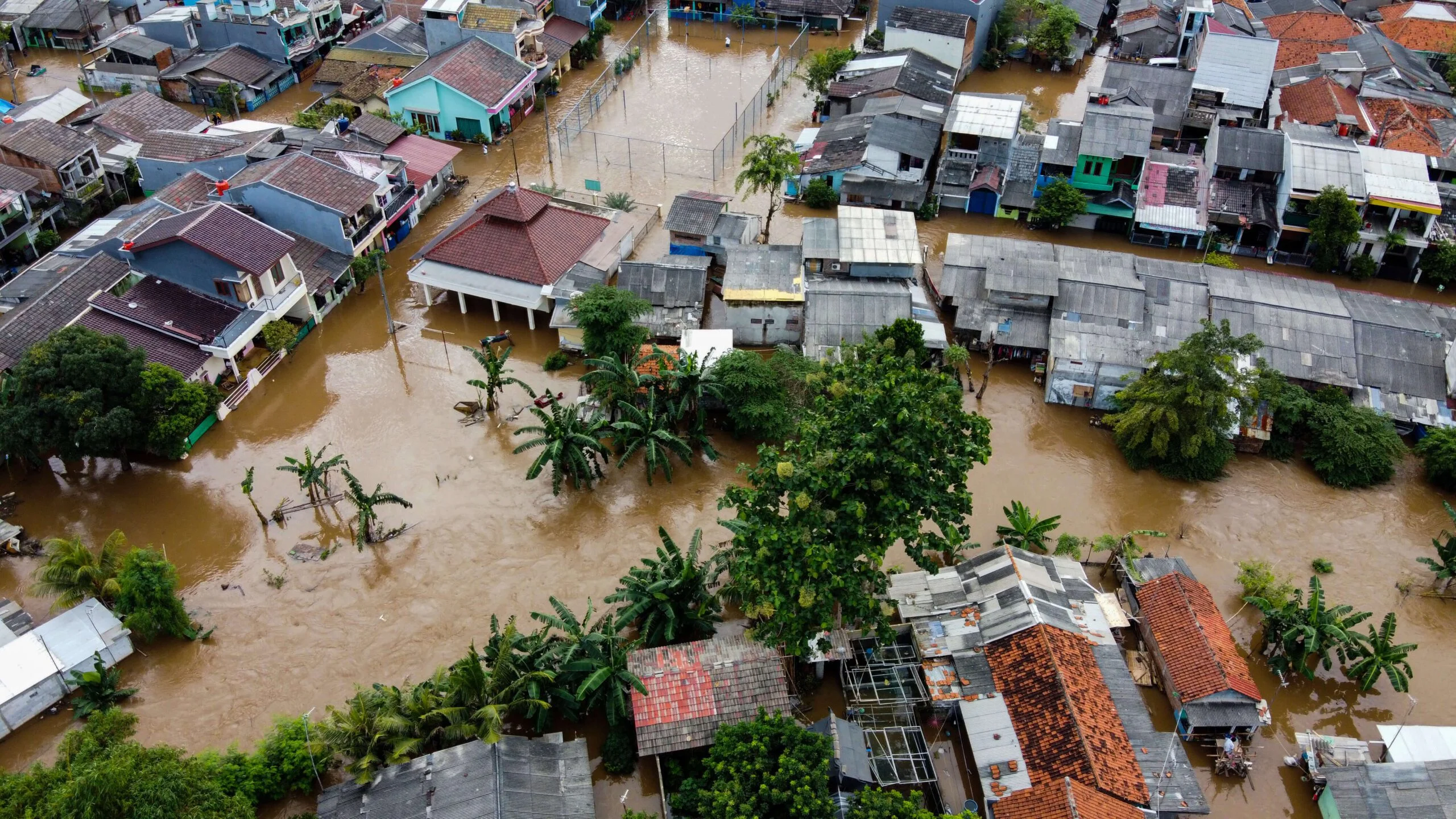
Standing with customers in times of need
Tokio Marine believes insurance has two critical roles: to give people confidence to overcome the unexpected, and to help solve society’s biggest issues. In an interview with Satoru Komiya, the group’s chief executive, we hear how the insurer is working to develop a resilient and sustainable society.
